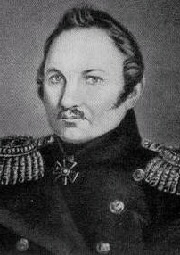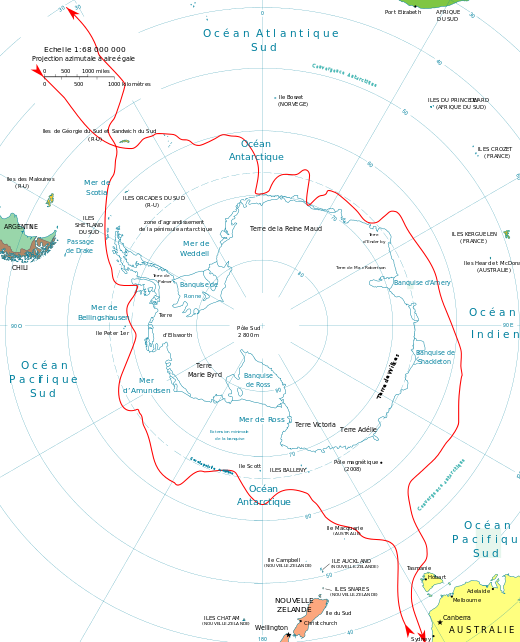
Did he sight Antarctica first?
Fabian Gottlieb von Bellinghausen was an experienced naval officer who took part in the first Russian circumnavigation of the globe (1803 to 1806). On his return he commanded ships in the Baltic and Black seas.
The journey
In 1819 Bellingshausen he was called upon again but this time by Czar Alexander I of Russia, and was appointed commander of the southern polar expedition. He had two ships placed in his charge, the Vostok and the Mirny and his orders were to explore as far south as possible and hopefully find the land that Captain James Cook believed existed but had failed to find. He was also tasked with scientific investigation. With 190 men of different ranks including a doctor (unusual for the time) the two ships departed from the Russian naval base of Kronstadt in the Gulf of Finland in July 1819.
Antarctica
By December, 1819 they had reached and mapped South Georgia, using Cook’s maps to get them there, and also made discoveries in the South Sandwich Islands. Continuing their journey south, Bellingshausen saw and reported: “ice mountains” and “continuous ice” giving the impression that he had sighted the continent but the ‘Belfast Newsletter’ of October 20, 1821, reported Bellingshausen as saying: “…there is no southern continent or should there be one, it must be inaccessible from being covered with perpetual snows, ice, etc.”
The return
The expedition then sailed for Port Jackson (Sydney, Australia), arriving on 11 April 1820. After six weeks of replenishment Bellinghausen set off north in the Vostok but was driven east by strong winds and decided to meet with his fellow ship the Mirny in Queen Charlotte Sound, New Zealand, where they encountered, learnt about and documented, much about Maori culture.
He returned to Port Jackson for supplies in September 1820, and then headed south again in November, discovering Peter I Island and Alexander Island, as well as exploring and mapping Macquarie Island. After this Bellingshausen returned to South Georgia, completing his circumnavigation of the Antarctic.

Later years
He returned to Kronstadt in July 1821 and produced a detailed and meticulous account of the expedition ten years later.
He was promoted to vice admiral in 1831 and in 1839 became military governor of Kronstadt where he is believed to have died on 25 January 1852. In the southern hemisphere Bellingshausen’s exploration is commemorated by placenames in the Tuamotu group, French Polynesia, the South Sandwich Islands and Antarctica.
Although Russia claims that it was Bellinghausen and America claims discovery by their sealer, Nathaniel Palmer, further research by academics seems to support the idea that England’s naval captain, Edward Bransfield, was the true discoverer of the Antarctic continent.
Despite the squabbles over who was first, we should pay homage to the bravery of these men, who, 200 years ago, in small ships, expanded human knowledge of the furthest reaches of our world.
